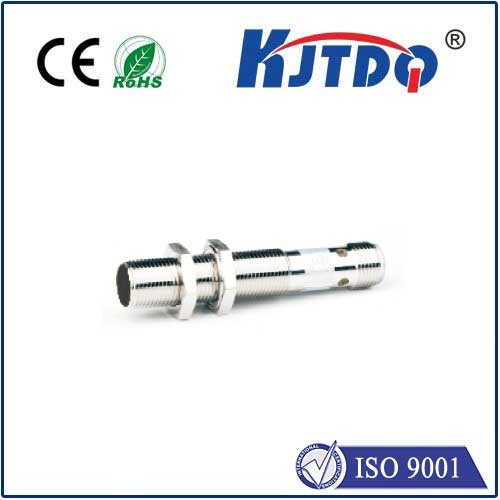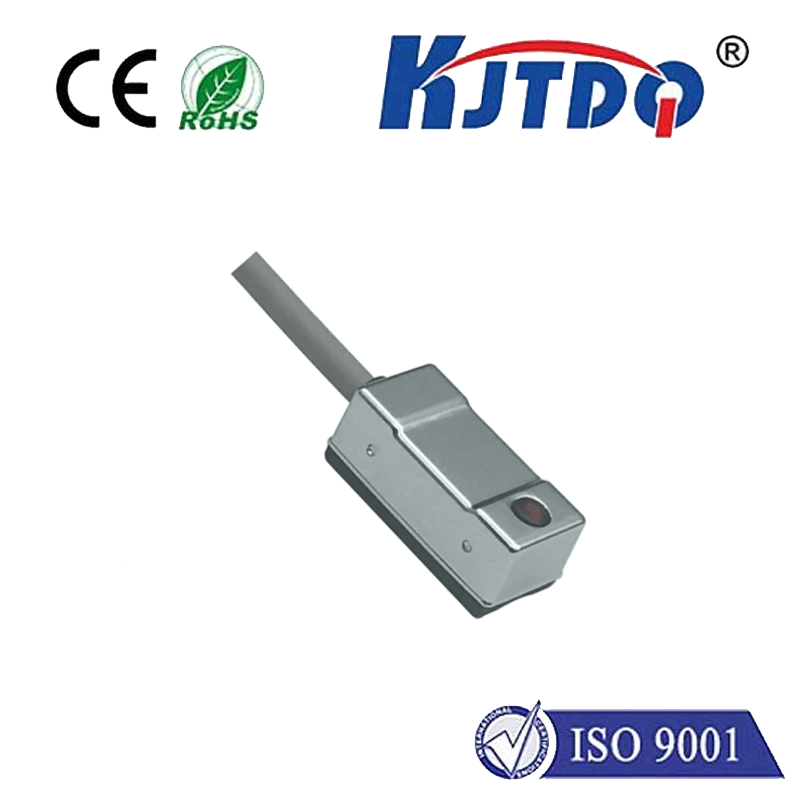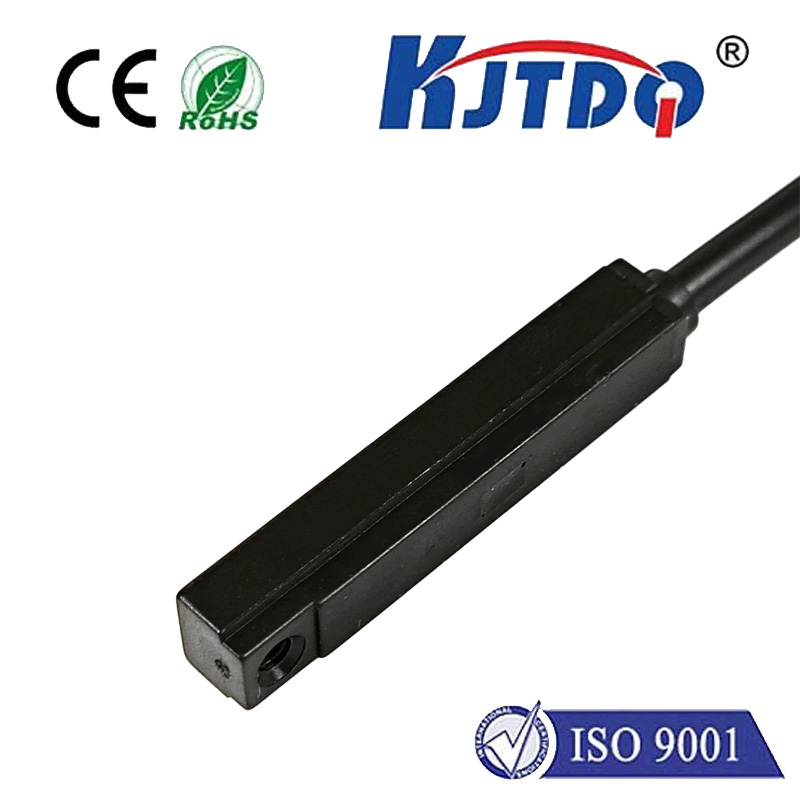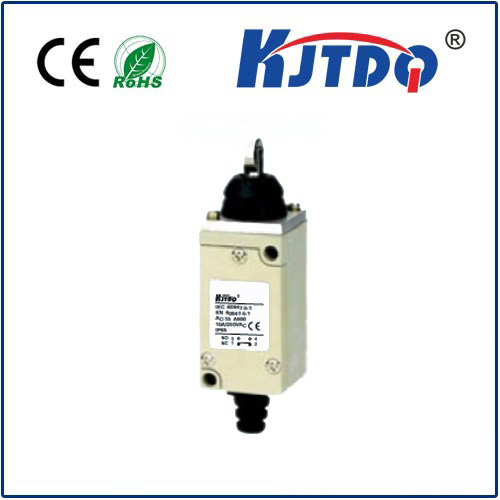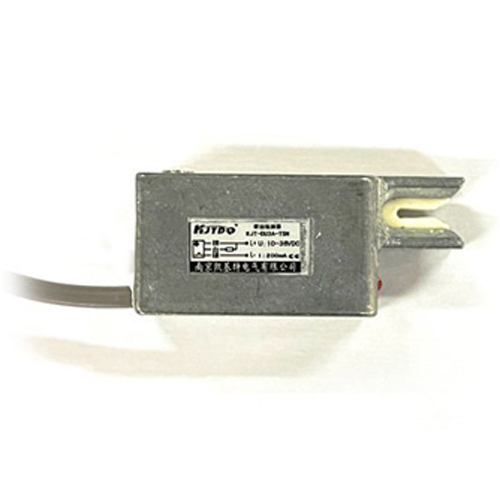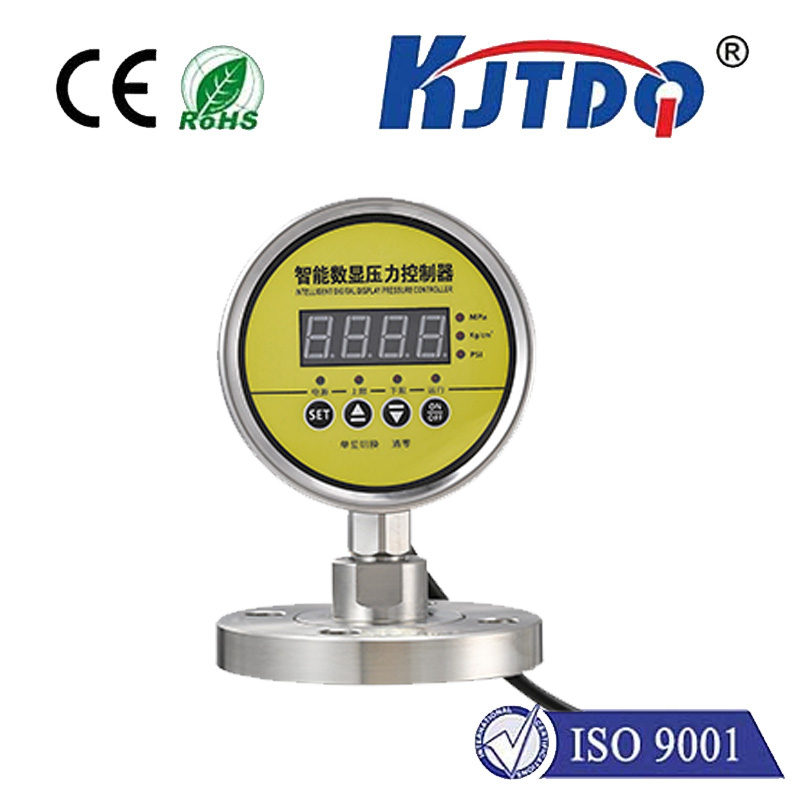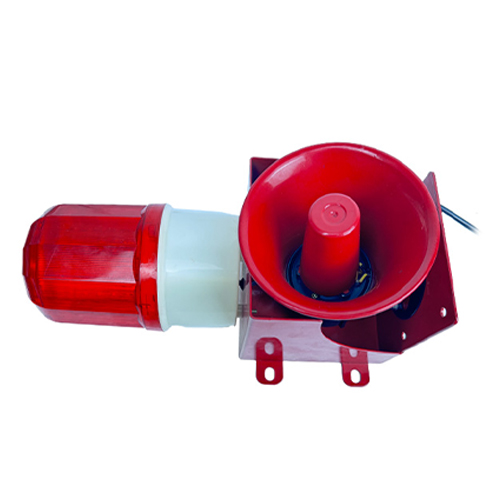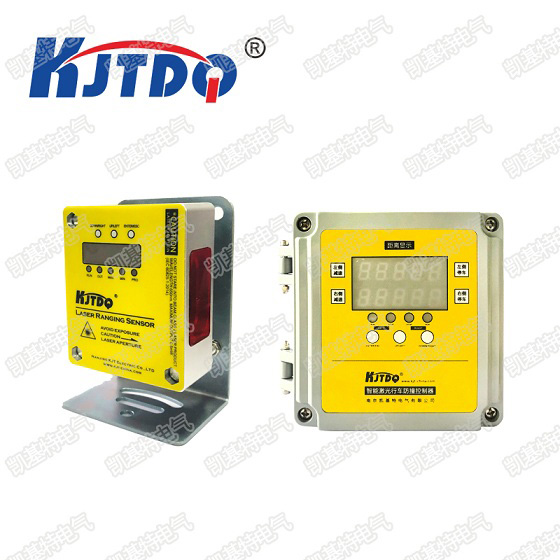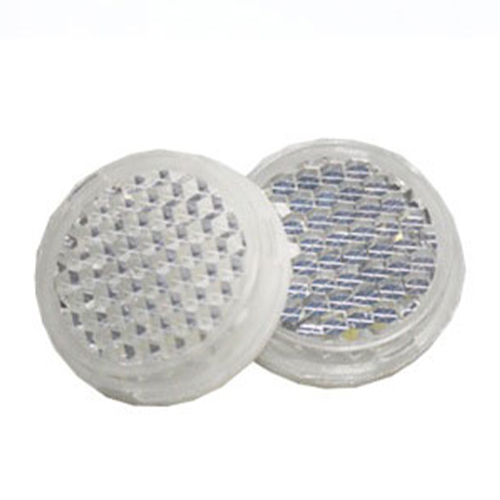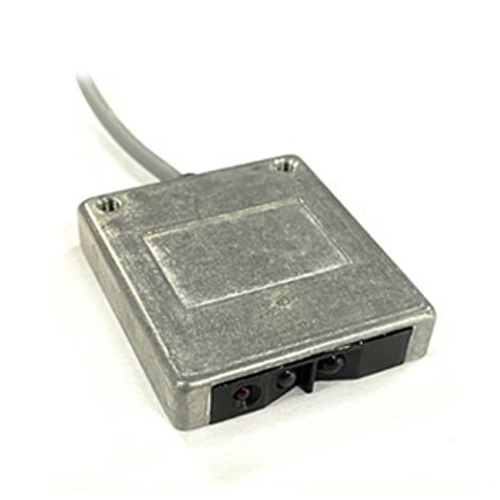датчик приближения для обнаружения металлов
- time:2025-06-23 16:50:36
- Нажмите:0
Beyond Magnets: Unlocking Precision with Proximity Sensors for Metal Detection
Metal detection is a foundational requirement across countless industries, from ensuring product purity in food processing to verifying component placement on assembly lines. While rudimentary methods like mechanical switches or basic magnetic sensors exist, modern manufacturing and automation demand far greater precision, speed, and reliability. Enter the индукционный датчик приближения – the unsung hero of non-contact metal detection.
These sophisticated devices have revolutionized how machines “see” and interact with metal objects, offering unparalleled advantages over older technologies. No longer reliant on physical touch or unreliable magnetic attraction alone, inductive proximity sensors provide a robust, contactless solution for detecting ferrous and non-ferrous metals, driving efficiency and quality control to new heights.
Understanding the Core: How Inductive Proximity Sensors Detect Metal
Unlike photoelectric sensors that rely on light or capacitive sensors that detect material presence based on dielectric changes, inductive proximity sensors are specifically engineered to sense metal targets through electromagnetic principles. Here’s the core operating mechanism:

- The Oscillator: At the heart of the sensor is an electronic oscillator circuit that generates a high-frequency electromagnetic field. This field radiates outward from the active face of the sensor.
- Eddy Currents & Damping: When a metal object enters this alternating electromagnetic field, it induces swirling electrical currents within the metal itself – known as eddy currents. The generation of these eddy currents absorbs energy from the sensor’s oscillating field.
- Detecting the Change: The sensor constantly monitors the amplitude or frequency of its own oscillation. The energy loss caused by the eddy currents results in a measurable damping (reduction) of the oscillation’s amplitude.
- Signal Processing & Output: An internal demodulator circuit detects this damping effect. Once the damping exceeds a preset threshold, the sensor’s output state switches (e.g., from OFF to ON, or vice-versa). This output signal is then used by a controller (like a PLC) to trigger an action – stopping a conveyor, counting parts, or initiating a process step.
Why Choose Proximity Sensors for Metal Detection?
The shift towards inductive proximity sensors for metal detection tasks is driven by compelling advantages:
- Non-Contact Operation: The absence of physical contact eliminates wear and tear on both the sensor and the target, resulting in significantly longer operational lifespans and reduced maintenance costs compared to mechanical switches.
- High-Speed Detection: Capable of operating at kHz frequencies, these sensors excel in high-speed automation lines, detecting small or fast-moving metal parts with millisecond response times – far exceeding the capabilities of mechanical alternatives.
- Robustness and Reliability: Engineered for demanding industrial environments, they typically boast high IP ratings (Ingress Protection) for resistance to dust, moisture, oils, and coolants. Their solid-state design makes them highly resistant to vibration and shock.
- Immunity to Surface Conditions: Unlike optical sensors that can be fooled by dirt or color, inductive sensors detect the metal itself. They reliably sense targets regardless of surface dirt, oil, paint (within limits), or water film – a critical factor in many industrial applications.
- Simple Integration: Their standardized form factors (tubular or block styles) and common output types (NPN/PNP, NO/NC) facilitate straightforward mounting and connection to standard control systems.
- Versatility in Sensing Metallic Targets: While optimized for ferrous metals (like iron and steel), specialized inductive sensors can effectively detect non-ferrous metals (aluminum, copper, brass) and even stainless steel, often requiring adjustments in sensing distance or sensor type selection.
Key Selection Criteria for Optimal Metal Detection
Choosing the right inductive proximity sensor requires careful consideration of the specific application:
- Target Material: Is the metal ferrous (strongest signal), non-ferrous, or stainless steel (requires sensors designed for reduced damping effects)? Sensing distance varies significantly.
- Sensing Distance (Sn): The rated operating distance. Ensure the chosen sensor’s Sn accommodates the required mounting position relative to the target. Factor in any potential reductions for non-ferrous targets.
- Target Size: The minimum detectable target must be large enough to cause sufficient damping within the sensor’s field. Small targets require sensors with smaller active faces or higher sensitivity.
- Mounting Requirements: Consider the space constraints and available mounting options (flush or non-flush mounting affects sensing range).
- Environmental Conditions: Assess exposure to extreme temperatures, chemicals, high-pressure washdowns, or heavy debris to select the appropriate housing material and IP rating.
- Output Type & Electrical Requirements: Match the sensor’s output configuration (NPN sinking, PNP sourcing, Normally Open, Normally Closed) and voltage requirements to the control system.
- Special Features: Some applications may benefit from additional features like IO-Link connectivity for diagnostics and parameterization, extreme temperature tolerance, or enhanced resistance to welding fields.
Critical Applications Driving Demand
The precision and reliability of inductive proximity sensors make them indispensable for metal detection in diverse sectors:
- Industrial Automation & Machinery: Position verification of metal components on CNC machines, robotic arms, presses, and transfer lines. End-of-stroke detection, part presence/absence verification on conveyors.
- Automotive Manufacturing: Monitoring engine block machining stages, detecting pistons or valves, ensuring fastener presence, verifying gear engagement. Robustness is key in these harsh environments.
- Packaging & Material Handling: Detecting metal cans, foil seals, or clips on high-speed filling and packaging lines. Monitoring conveyor belt tracking via detecting metal guides or cleats.
- Food & Beverage Processing: Detecting metal contaminants in food products (using specialized designs meeting hygiene standards), verifying metal lids or caps on containers.
- Recycling Facilities: Sorting ferrous from non-ferrous metals on conveyor belts, detecting metal objects within waste streams.
- Machine Safety: Used as part of interlock systems to confirm safety guards or doors are securely closed before machinery operation.
- Position Feedback: Providing precise positional feedback for hydraulic or pneumatic cylinders via detecting built-in metal flags.
Proximity sensors designed for metal detection are far more than simple switches; they are sophisticated tools enabling precision, speed, and reliability in modern industrial processes. From preventing costly contamination to guaranteeing assembly accuracy and enabling high-speed automation, their non-contact, robust operation makes them a cornerstone of efficient and safe manufacturing. As industries continue to push for greater automation and quality control, the demand for advanced, reliable metal detection solutions provided by inductive proximity technology will only accelerate.

